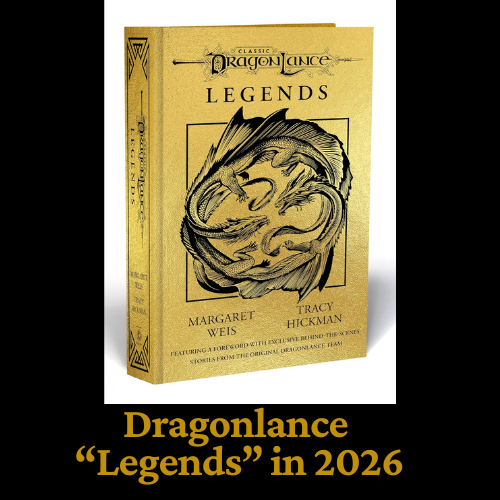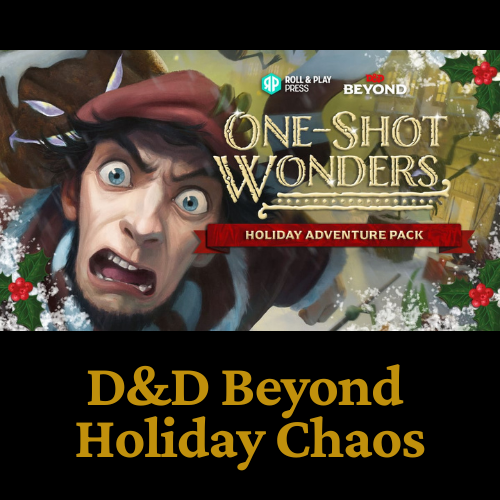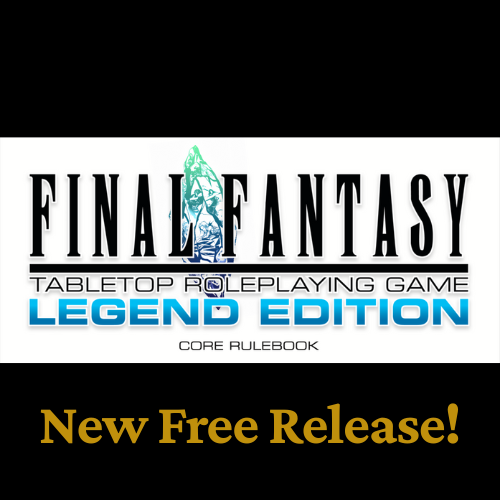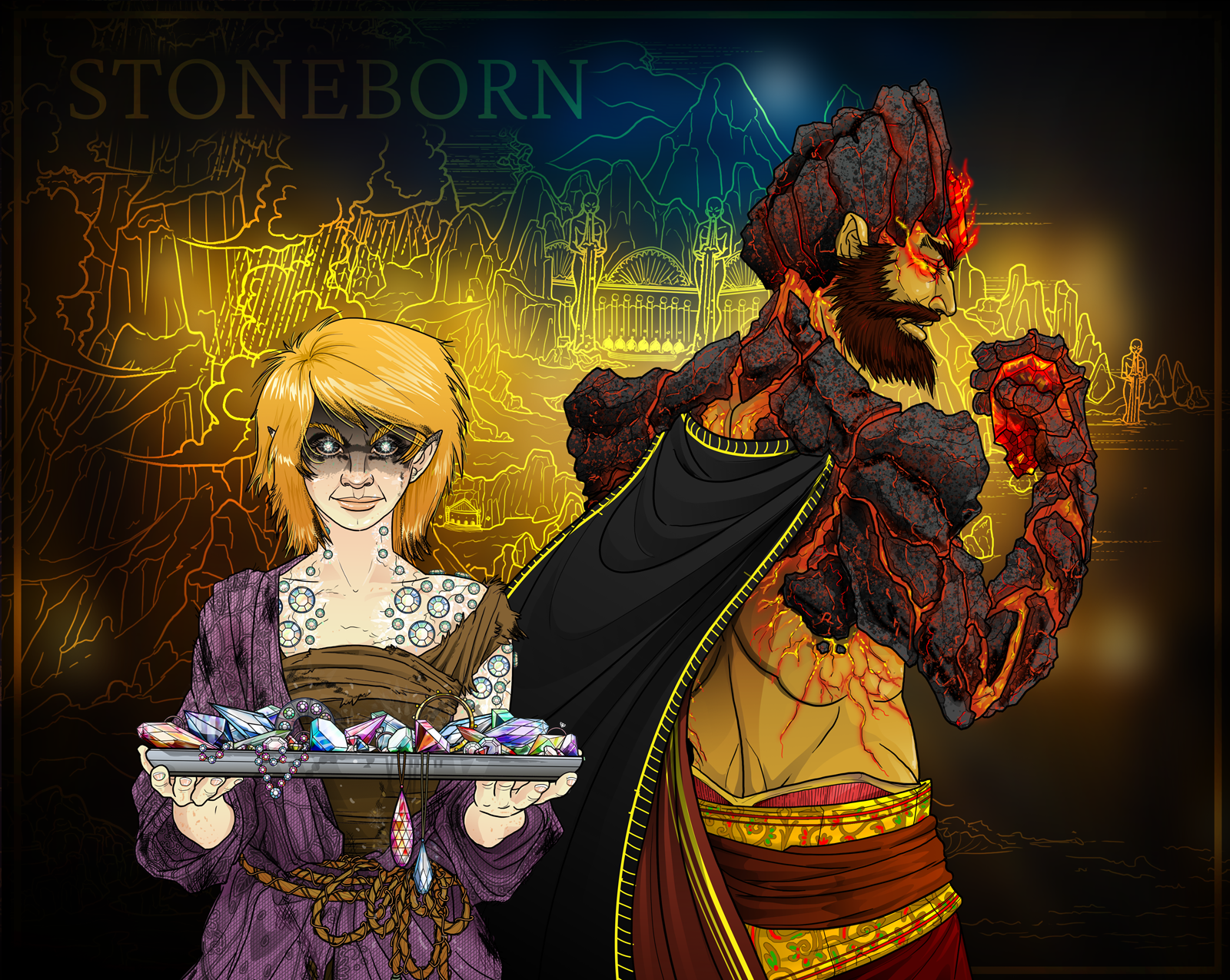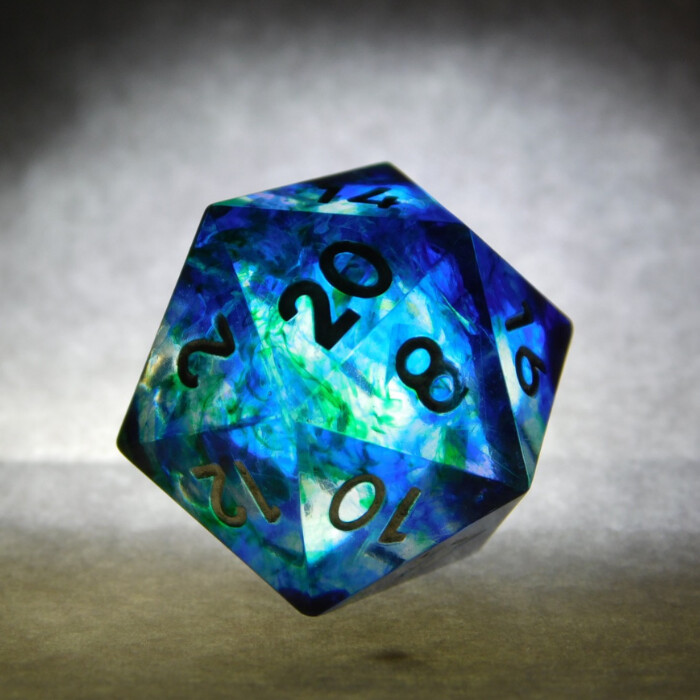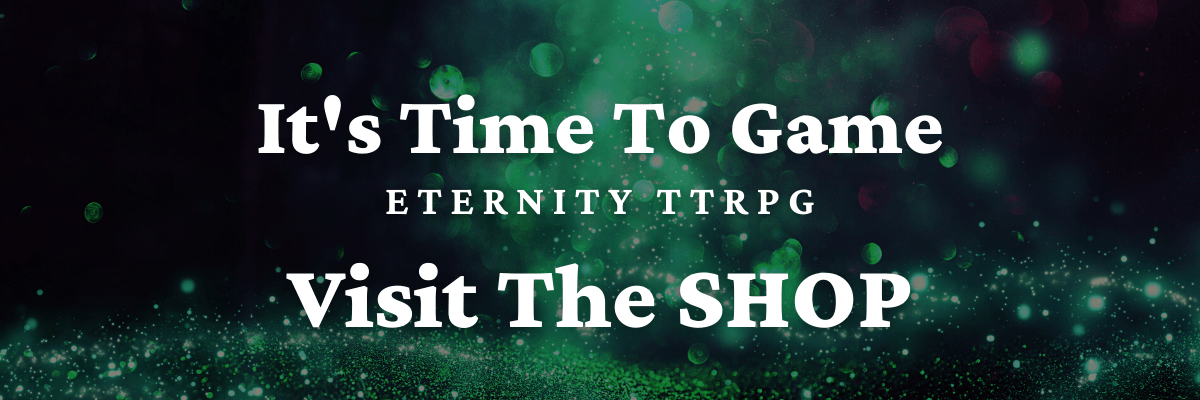Home > TTRPG Reviews
Marvel Universe RPG Core Rules PDF
This Marvel Universe RPG core rules PDF review is part of my “Best Tabletop RPGs of All Time” article. If you want to check out more TTRPGs and see how other top-tier tabletop RPGs are ranked, visit that page.
My Review – 89 / 100
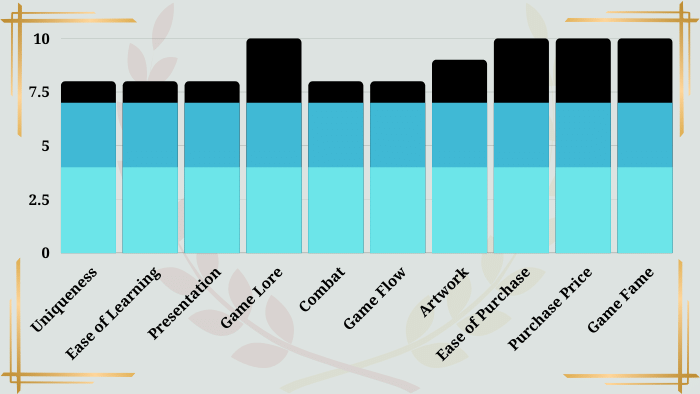
The version of the Marvel Universe that I reviewed is the Marvel Universe RPG core rules RPG – playtest version – as at the time of this review, the full game was not yet available. Speaking of, the full game is supposed to come out in 2022, so if you like the sound of it, you may not have to wait long.
The only thing I wasn’t 100% sure about with the Marvel Universe RPG is that this game feels like it better suites a series of one-shot game sessions, as opposed to a full tabletop RPG campaign.
Not that Marvel Universe can’t be an in-depth story building game. There just aren’t a ton of rules or directions for facilitating that, at least within the playtest rulebook.
Still though, this game gets top marks. It’s come in 4th place on my list of top TTRPGs.
Uniqueness of Marvel Universe RPG: (8/10)
There are no dice used in Marvel Universe. That alone is an extremely unique element of the game. The game’s designers wanted a very simple, straightforward, rules-light game, focused on roleplaying a superhero (or villain), and not the mechanics of the game system, itself. I think that Marvel Universe RPG accomplishes that goal.
The game is played in a series of “Panels.” It’s as if if you and your gaming group were reading and co-creating a comic book, as you game. It’s a very cool concept.
When it comes to stats, basically, your character has HP. Then, you also have energy points, called “Red Stones” that are used to do any kind of action. If you have enough Red Stones to fuel your desired action, it succeeds. There’s a little more complexity to it, factoring in Difficulty and Resistance, but that is the fundamental mechanics of gameplay.
It’s a little amazing to me that a full-fledged RPG that also represents something as large as Marvel gets by with only 2 (basically) character “stats.” However, I’m also impressed.
You can use Red Stones both on your “turn” (your character’s Panel in the comic book page), and during other character’s Panels. Though you end up using most of your Red Stones during your Panel to complete whatever action is most important to you, it sometimes helps to leave a few Red Stones for involvement in someone else’s Panel which allows you to help them, or complete other important functions during their shining moments.
You can either play one of the 42 characters from the marvel universe, or create your own. There are also tons of powers for you to use, and rules for all kinds of superhero related things (power armor, flying, etc.).
For myself, I’m pretty sure that I would have more fun playing this game by trying out each of the 42 heroes/ villains included in the rulebook for a session or two each than I would playing one character for a long campaign. The game is just better set up to sample heroes and villains than to create your own lengthy “comic book series” with them, in my opinion.
Brawling Game Type
Marvel Universe RPG also a game mode called “Brawling.” From the rulebook: “it allows players to answer age-old questions: who would win in a fight, the Thing or the Hulk? Spider-Man or Wolverine?” This is incredibly cool.
In this game mode, rather than playing out Panels as you would in the normal style of storytelling play, two players sit down and fight – without need for a game master – to determine once and for all, who would win between their heroes/ supervillains. Honestly, this is probably what anyone would want, playing a Marvel superheroes game.
Yes. Just, yes. I love it.
No Dice – Good or Bad?
The only thing I can say as to why Marvel Universe did not get a 10/10 from me in this section is that there is a reason most tabletop RPGs use dice. Though I love that Marvel Universe doesn’t from a standpoint of uniqueness, gamers who play Marvel Universe RPG will find themselves missing the random dice element present in most TTRPGs, at least from time to time.
Dice are part of what makes TTRPGs unpredictable and high-drama. When it comes down to what people actually enjoy from their tabletop games, most really do prefer dice, or a random dice-like element of surprise.
Ease of Learning the Game: (8/10)
Whenever I come across TTRPGs that are easy to teach new players, I always let out a sigh of relief. Easy-to-teach games makes it easier to create tabletop gaming groups. Simple as that.
I’d feel very comfortable teaching Marvel Universe RPG to just about any new player.
The information with Stones (Red Stones and White Stones) is a little confusing. The game’s designer did leave a lot of examples throughout the rulebook, but it’s still not always clear as to what players are supposed to do in certain situations.
I’d have liked if there were different terms besides just “White Stones” and “Red Stones” in the rulebook. When reading, you’ll find terminology like simply “Stones,” where it’s hard to tell exactly what’s being referenced.
It seems, when reading the rulebook, that when simply “Stones” is mentioned, what’s really meant is “Red Stones.” However, the ambiguity is unnecessary. This isn’t a major, major point, but it does lower the marks a bit.
Eternity TTRPG Top Sellers
Marvel Universe RPG Presentation: (8/10)
I’ve never been a huge fan of rulebooks which feature large numbers of rule usage examples which are provided directly in-text. What I mean is, you’re reading about a rule, then you see a separate text box that gives an example of how that rule actually plays out, in-game.
On the one hand, it’s kind of nice to get clarification on rules. But the downside is that in-text examples are also distracting. It’s also annoying when you understand the rule from the instruction provided, but then there’s an (unnecessary) further explanation of that rule in a separate text box.
Besides that though, the rulebook is easy to understand. Important sections in the book are clearly marked, and the presentation on the whole is top-tier.
If you can get past the rule clarifications/ examples (when you don’t need them), then you’ll enjoy this rulebook quite a bit.
Marvel Lore: (10/10)
We’re talking about the entire Marvel Universe, here. When you play Marvel Universe RPG, you can bring in any of your favorite superheroes or villains from any of Marvel’s extensive library of amazing comic books, movies, and more.
And not only that, you can bring in plot lines from any of your favorite stories, as well. Want to re-enact a specific part of a movie you love? Go for it. Want to see who would win in an epic battle between your favorite characters? This RPG is here for you.
Combat in Marvel Universe RPG: (8/10)
When you take an action or attack someone in Marvel Universe RPG, if the number of Red Stones you use in that action/ attack is higher than the target’s defending Stones, your attack hits. Damage dealt is then determined by the number of leftover Red Stones (the number of Stones you used in your attack minus the number of Stones the defender used in their defense).
What’s a little odd to me is that 1-3 Red Stones over the defender deals 1damage. To do 2damage from an attack, you must be 4-6 Red Stones over. These numbers are reasonable enough to follow. It is kind of a bummer though that if you’re at 3 Stones over, but not 4, you miss out on dealing another full point of damage.
Combat in Marvel Universe is surprisingly simple and straightforward (especially compared to many other TTRPGs out there). This is really a storytelling game when it comes to combat, and there aren’t really “tactical” options, , but the game is so thematic and fun that its combat category still gets a high score.
Game “Flow”: (8/10)
When it comes down to it, Marvel Universe RPG is a very simple game. I mean that in a good way. There’s not a lot of substance to it when it comes to rules and game mechanics. But similar to the Cypher System in this regard, the vibe is right.
I think the game’s designer found a really good place of mixing a rules-light approach with an emphasis on “building pages in a comic book.”
I only drop the score in this category a little because (as I’ve mentioned, above) I don’t think this is a game I’d want to play for a long campaign. I do think Marvel Universe is an amazing game for one-shot gaming sessions, or short tabletop RPG campaigns, though.
I’m certain I could easily put together a group of people for a superhero/ villain gaming event using this game system. We’d probably just play a few sessions here and there, between our other ongoing tabletop RPG campaigns played using other RPGs.
Marvel Universe RPG Artwork: (9/10)
The art’s cool – I really enjoy it. Very comic book style, which is very fitting. Very dynamic. Stylistically, the art is fitting for the game’s vibe, and all the artwork fits together.
Marvel Universe also does not leave you hanging as it features a lot of artwork throughout the book. Some of the artwork is not crafted in the most modern art style though, and it’s honestly not quite as high quality as other games.
Ease of Purchase: (10/10)
Marvel Universe (as of the time of this writing) is not yet available for purchase. I do need a placeholder stat for this section though, so given that we’re talking about Marvel here, I’m just going to go ahead and give top marks. I think since we’re talking Marvel, it’s safe to assume that they’ll do a good job on this.
Price & How Many Books Do You Need to Play: (10/10)
Same thing for this section as with “Ease of Purchase” immediately above.
Fame & Availability of Supplemental Material: (10/10)
Especially since the Marvel movies started coming out over 10 years ago, the Marvel franchise is incredibly famous. It has to be one of the most well-known names in all of Western society. That being the case, you can certainly find people who will want to game with you.
Marvel Universe RPG Core Rulebook is Published By:
